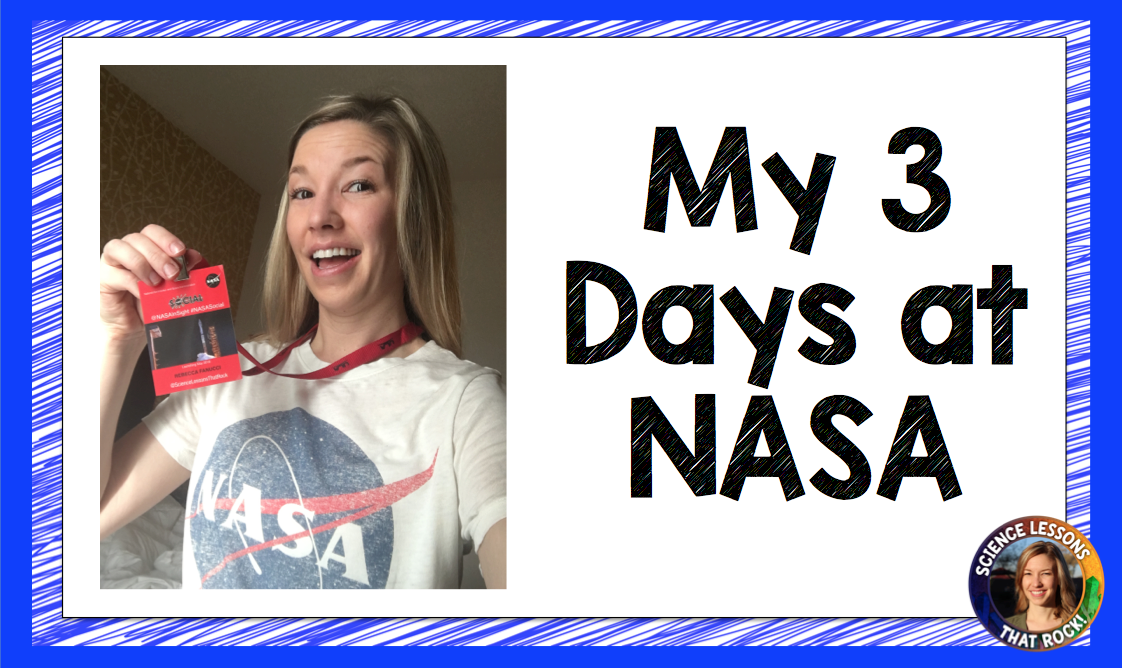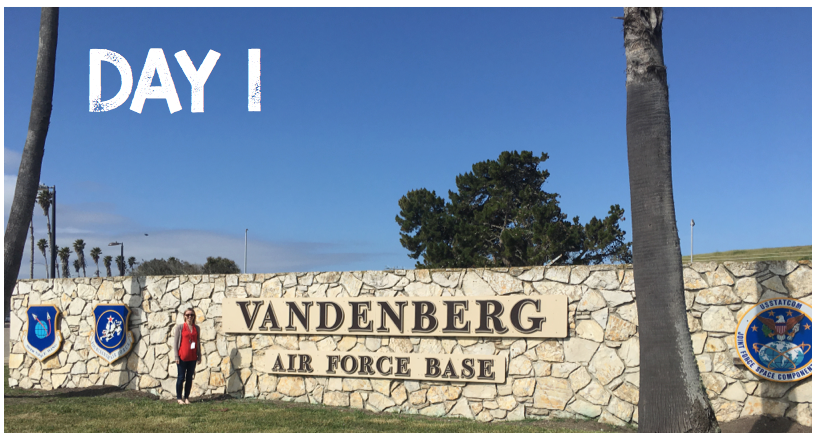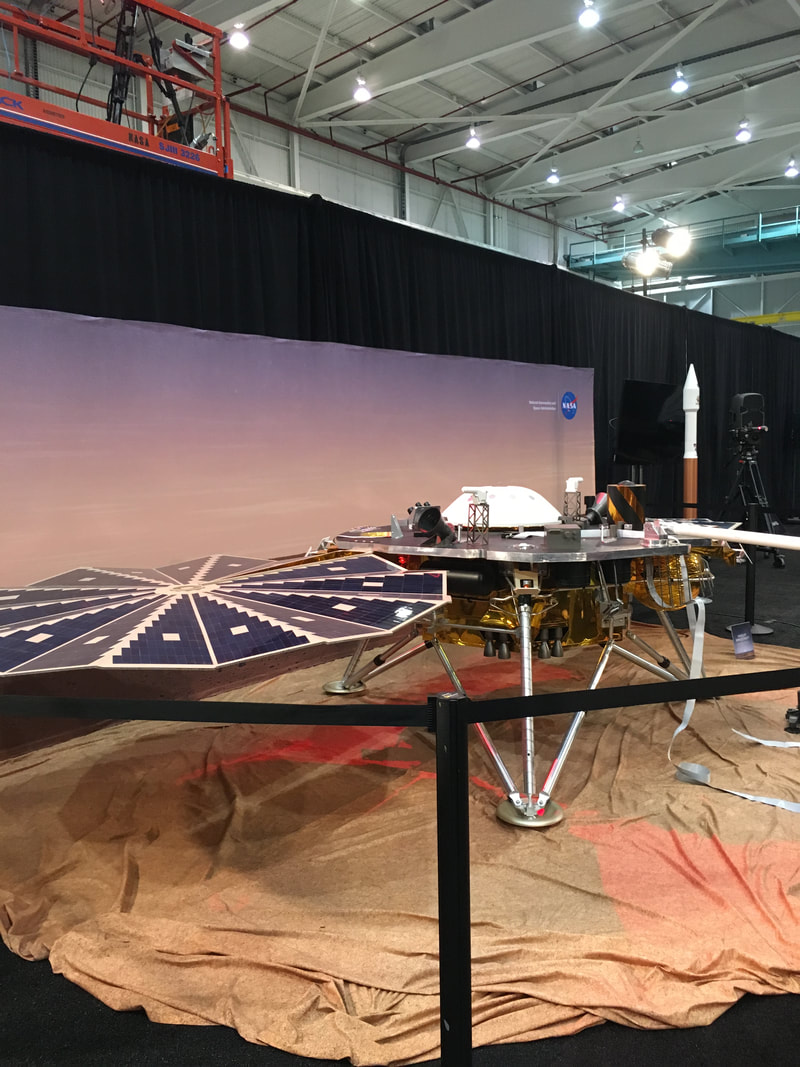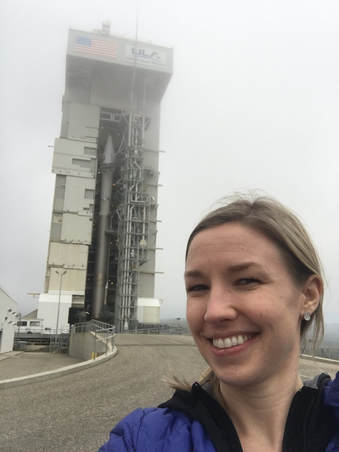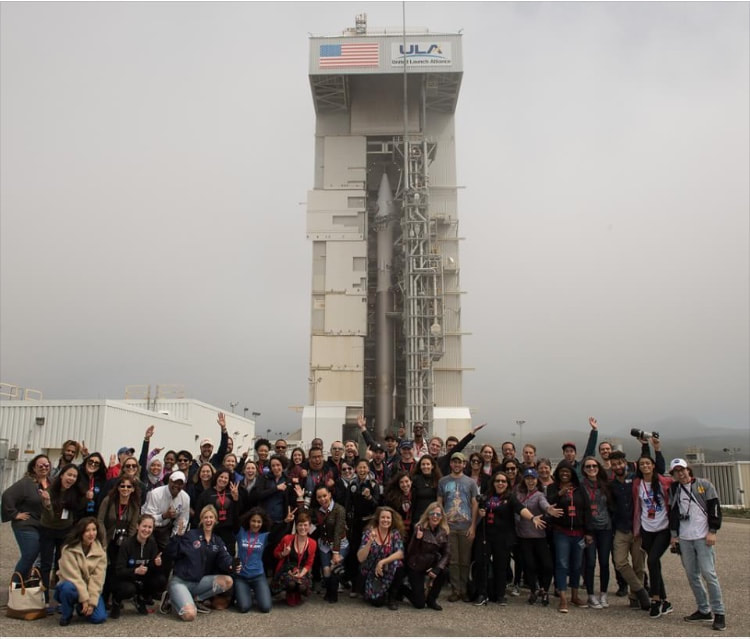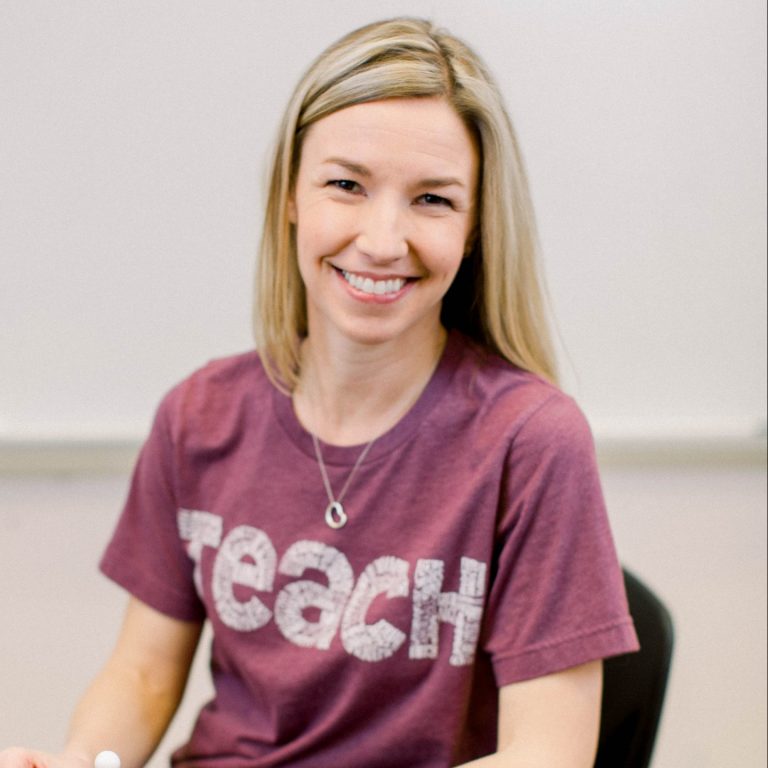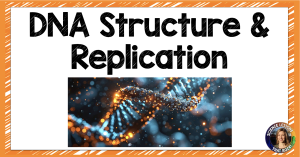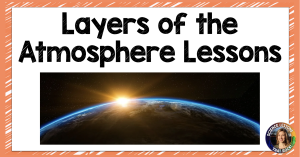Earlier this month I had the incredible opportunity to get a behind the scenes tour of NASA (I’m still pinching myself). It was amazing! I can’t claim to have been a NASA nerd since birth… it wasn’t until I was in high school that I picked up the book October Sky (which has been my favorite book ever since) and became interested in space. I became fascinated with the space race and started watching things like
From the Earth to the Moon and
The Right Stuff, and reading books like
Packing for Mars by Mary Roach and
A Man on the Moon by Andrew Chaikin. Long story short, a NASA nerd was born.
A fellow science teacher I follow on instagram posted some videos of a NASA launch and mentioned she was there through a NASA social event. I immediately looked it up and applied. (You can and should apply here). I didn’t get selected for the first launch I applied for, so don’t give up!
The event I was able to attend was the launch of the Mars Insight lander. It was the first planetary launch from the west coast. We already know a lot about the surface of Mars and it’s atmosphere, but not as much about what is going on below the surface. It is suspected that Mars has a core similar to ours, and if so, there should be tectonic activity on the surface of Mars. The Insight lander has a probe that will measure the temperature of Mars’ crust and a seismometer to measure any marsquakes (don’t you just love that word?) It will land on Mars November 26th, 2018 and will send data back for the next 2 years.
On day 1 we arrived at the air force base, got our clearance, and hopped on the buses that took us to a NASA hanger. The first thing I noticed when I walked inside was the swag bags waiting for us (who doesn’t love free gifts?!) There was a life size replica of the Insight lander, virtual reality headset so you could walk on the surface of Mars, and engineers ready to talk to us about all things Insight.
After lunch we got to sit in with the media peeps as NASA TV took over and talked about the launch. Speakers included Jim Green, NASA chief scientist, Tom Hoffman and Stu Spath, Insight project managers, Tim Dunn, NASA launch director, and more. I learned a ton from hearing them speak. Jim Green is certain that humans will eventually colonize Mars, and we need to understand all things Mars before we get there. He is excited about the Insight for a few reasons:
- The Insight will help us understand how rocky planets form. We know a lot about how Earth has evolved over the years, but human activity and tectonic movement have erased the evidence of Earth’s early formation. Since Mars is relatively similar to Earth and has been undisturbed, we can learn how rocky planets form and cool.
- Watching the movement of Mars’ poles and its wobble will help us understand the size and density of the core. How large is it? How dense is it? All these questions will hopefully be answered based on Insight data.
- The heat probe that is in the ground about 16 feet will be measuring temperature differences. If it is really hot down under the crust, can we use that heat to warm Martian habitats?
One of the last speakers of the day was a weather officer who brought us some bad news. Due to fog rolling in, we were likely not going to see the launch if we were viewing from under 600ft elevation. (More on this in a moment…)
This is not the most exciting picture… I know. But as I drove up to the base for day 2 this was my view. Fog. It was not looking promising. BUT, day 2 was still my favorite day of the trip.
On day 2 we got a tour of all things NASA. We got to see the mission control room where the launch director sits and has the final no-no/go (pictured bottom right), the WROCC (western range operations control center), and the Space Launch Complex. The picture on the bottom left is of a map that showed every satellite currently orbiting Earth. NASA and the DoD also monitor every piece of space junk floating around in orbit, and there is over 500,000 pieces of debris being tracked. Nuts!
The highlight of day 2 was the last stop…. the launchpad. We got to see the Atlas 5 rocket and Insight preparing for launch. About 2 hours prior to launch (in this case, 2 am) the building you see surrounding the rocket slowly moves backward. Don’t let the small size in the picture fool you, it was nearly 200 feet tall. It was a truly serene moment to stand in front of something that hundreds of people worked on for years and would be on the surface of Mars within 6 months.
The launch window ran from 4:05 am – 6 am. After managing a few hours of sleep I got up at 2 am and headed to the viewing site. I had previously driven around town using an elevation app on my phone looking for a spot that was above 600 feet. I found a spot off the road that was over 900 feet elevation and was hoping for the best. Once we arrived, it was clear that the fog was going to be an issue, but we had our fingers crossed we would at least see the glow of the rocket. As 4:05 approached we heard the countdown on the radio and could hear and feel the launch, but unfortunately couldn’t see anything even though we were only a few miles away. Below is a youtube video taken by the up close cameras so you can see it blasting off through the fog layer. I was hoping to have personal video to take back to my classroom and show my students, but this is what I showed them instead.
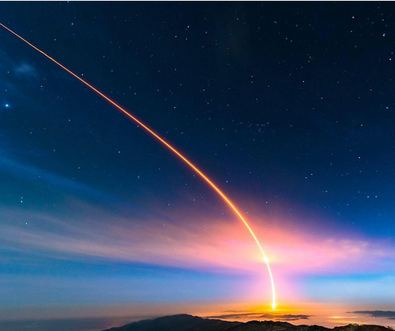
Even though I didn’t get to see the launch, it was an incredible experience I will never forget. I am hoping to drive back out to Vandenberg later this year to try my luck at another launch viewing. (If you want to see NASA’s upcoming launch schedule,
look here).
Some other people from my NASA social group drove out of town to a mountain range to get better photos of the launch. This time lapse photo of the launch was taken by Andy Fortson and is STUNNING. Check out his instagram @AndyFortson!

